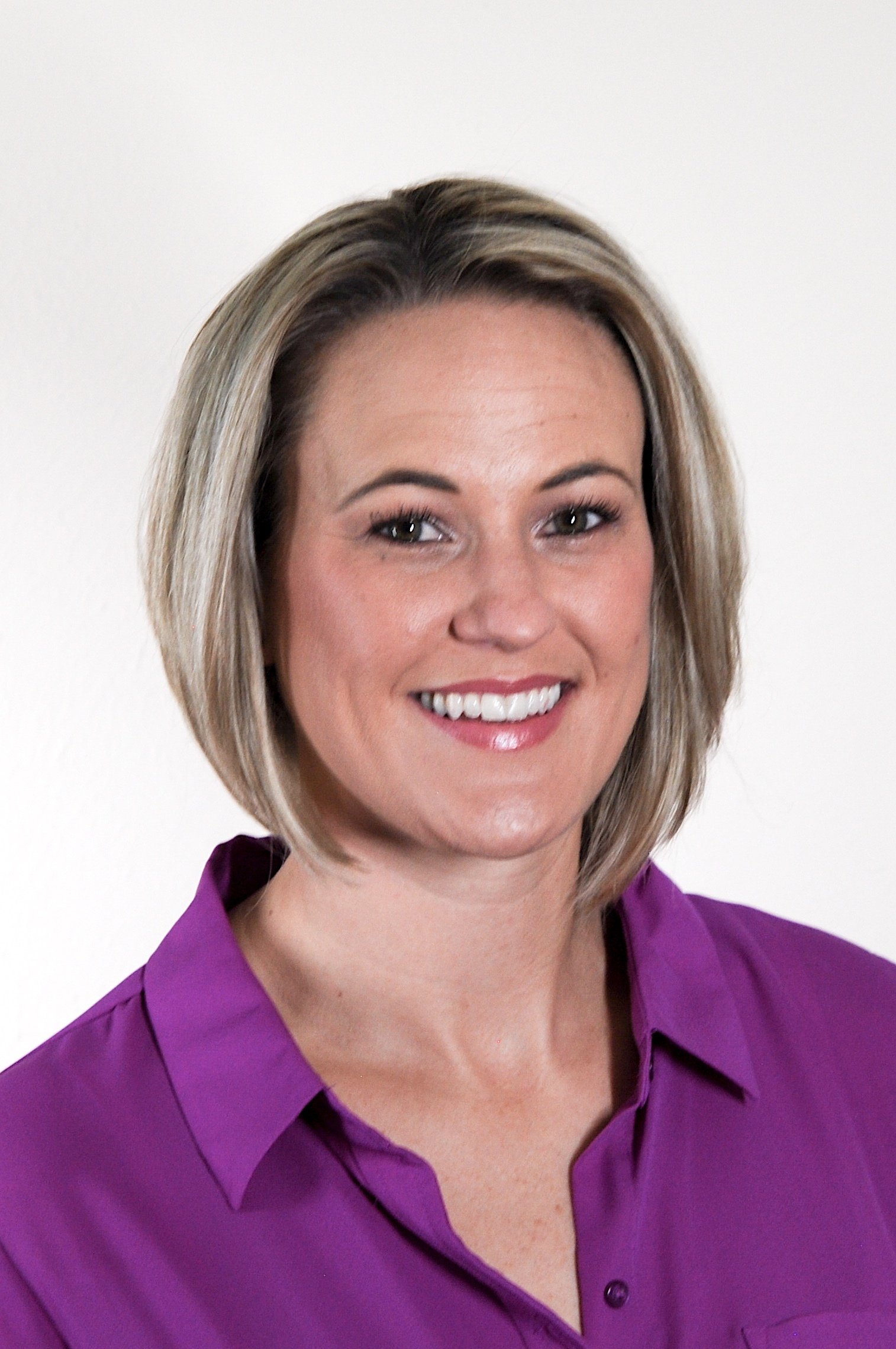How to Upsell Customers
in Key Account Management /Upselling and cross-selling are important parts of the key account management process. However, it’s often difficult to know how you should approach the topic of upselling. Your existing customers are statistically more likely to buy from you, and to spend more while they’re at it, but that doesn’t mean it’s simple to approach them for a sale. Where do you start with upselling and how do you do it?
Putting Growth into Key Accounts
All of us want our key accounts to grow. But, if it were easy you would be out of a job. As the Account Manager, you’re the one who has to make the magic happen and create account growth in all of your key accounts. At the same time that you are trying to grow your accounts, your competitors are trying to steal them from you and your customers themselves may not be particularly interested in growth with you. You have to cut through all of these challenges and more to inject growth into your key accounts.
It’s important to remember that growth is not an instant process in any account, but it can take longer for key accounts than regular accounts. The key account management process requires patience and consistency and almost never results in immediate, explosive account growth. You are in it for the long-term instead of looking to make another large transactional sale for the sake of short-term growth.
Where Does Key Account Growth Happen?
Unlike in most accounts, key accounts generally grow through mutually beneficial contracts that involve a lot of legwork on your end. Because of this, you need to select your key accounts carefully. It’s better to put in the work when you have some indication that an account is a viable upsell customer instead of wasting time trying to upsell an account that’s not interested in growth with you or unable to grow substantially.
Growth is particular to the key account. While some accounts may experience a larger demand for their service and pass that demand on for a higher level of service from you, other key accounts may see the benefit you provide and decide to invest more into your products or services. B2B customers are larger and harder to predict on a wide scale. You need to examine your key accounts individually to understand the potential growth areas.
Understanding Customer Needs and Goals
Key account growth does not happen if your customers cannot see the value you provide. Value is demonstrated to customers by helping them achieve their goals through fulfilling specific needs. Your responsibility is not to meet their goals for them, but to excel at your part of the equation and show that you are committed to helping your key account customers to reach their goals. Differentiating through superior service lets your key accounts know that you’re serious about working together with them.
Your first step to assisting your key accounts in their goals is to understand what they need and what they are trying to accomplish. Go beyond the problems that need to be solved and find the root of the need itself. What goal is meant to be accomplished when your product or service is used? What part do you play currently in fulfilling that goal, and what could you do to further assist the customer?
This information is best gleaned from the customer. While you should do outside research to understand the environment and industry, you also need to spend time talking with your customers to understand things from their perspective. Perform a VOC, but don’t just send a questionnaire to your customers. Do it personally, speak with multiple contacts (if possible), and don’t leave things unclear. Getting the right information is mostly up to you, and it involves you asking the right questions and following up.
Asking the Right Questions
It’s not a matter of reading off of a question sheet. You should formulate your own questions for each key account. However, there are some proven methods of asking questions that will help you get higher quality information versus simple yes and no answers:
- Ask Insightful Questions
If you want to get information that’s not just surface-level answers, you need to ask more insightful questions that dig deeper into the issues at hand. It’s good to understand the basics if you’re starting to build a partnership with a new key account. However, you should also be trying to understand more about your customers from day one, so you can put in the right efforts from the start.
If you found something during your own research that you don’t understand, or if your customer says something that could do with more explanation, be the one to ask. It’s better to ask a lot of questions than to leave without understanding something.
- Start Closed-Ended and Follow-Up Open-Ended
The beauty of asking questions is that you can shape them as you please to fit your needs. Use both closed-ended questions and open-ended questions at different times to accomplish didn’t goals. Starting off a session with a lot of open-ended questions can be too much for some customers, but if you start off with simple closed-ended questions and ask open-ended follow-up questions, you can start a solid conversation with a lot of great information.
- Don’t Asking Leading Questions
Avoid asking questions that include a statement of fact, even if it’s something the customer said previously, or questions that are built to be answered a certain way. Leading questions do not promote useful discussion and can lead to misinformation being collected on your side of the table.
- Focus on the Customer, Not Just Your Relationship with Them
Your customers don’t want to sit down and talk about you in a meeting. It doesn’t make sense to do a Voice of Customer (VOC) interview and focus on mainly your partnership with the client or your company’s interactions with them. The whole point of an effective VOC is to guide your future interactions with the customer by helping you understand as much as possible about them. To do this, you need to talk about them.
- Look for Feedback about Previous Conversations
If you have done a VOC previously or have discussed anything similar with your customer in the past, it’s a good idea to bring those same topics up in the new VOC meeting. This helps you establish if you have the correct information, instead of just relying on something you heard previously still being true. Customers may not update you on their own, unless you ask periodically.
Planning for a Win-Win Scenario
With more in depth knowledge of your customers and an understanding of how and where they can grow, you are ready to start planning. Your plan is your roadmap to success in this case. For KAMs, planning is not complete unless the customer also knows about what you’ve planned and agrees to it. A KAM’s plan should not be a secret strategy done behind the customer’s back. It’s actually a plan that’s meant to be shared by relevant partners in both companies.
Because of this shared nature, plans cannot focus on fulfilling the goals of one side only. It has to be a win-win situation that you’re working towards. If one or both parties are not satisfied with the goals of the partnership, it will be difficult for either side to commit fully to it.
The goal for your company is to grow the account, but that doesn’t necessarily have to happen from day one. Customer growth and actual upselling can take place even years after the key account plan is put into place. But, that doesn’t mean you don’t need useful goals that will lead to future upselling. To sell more to your existing customers, you have to demonstrate your value to them and have them use more of your services, rely on you more, consider you a trusted partner, and work more closely with you. If you can accomplish any combination of these goals, you will be in a better position to upsell in the future.
Stick to What You Can Deliver
Honesty and realism are important qualities for Key Account Managers. Your plan cannot include goals and targets that you cannot reach. Similarly, if you begin the talks for upselling to a particular client, you cannot promise more than your company can deliver. This is a mistake that an enormous number of businesses today make, ending in frustration from both sides and a weaker relationship with a key account.
Making good on your first upselling deal with your customers makes a big impact. When you show that you are able to fully deliver on what you promised, your customers will be more willing to work with you in the future because they are sure you will do what you say you will. If you make larger-than-life promises and cannot fulfill them, your customers will be less willing to trust you and may even end up churning.
Come as an Advisor
Building up to the role of trusted advisor puts you in an advantageous spot. You won’t get there by only recommending your own company and trying to focus on how great you are, but you can become an advisor by genuinely helping your customers reach their goals. This usually requires you to go above and beyond the actual requirements of the plan or the partnership by assisting your customers in areas that may not be directly related to your contract with them.
The road to becoming a trusted advisor is usually complex, but the payoff can be huge. As an advisor, your opinion is trusted. You should never try to abuse this trust, but it does put you in a great position to recommend appropriate upselling, such as an upgraded version of the customer’s current service package, when the need exists.
What’s most important about being an advisor is that you are considered an advocate for that customer. At that point in the partnership, you know what the customer needs and what will benefit them. Use this knowledge for upselling and don’t go outside of it to suggest something that won’t benefit your customer at all.
Ask for the Order
It’s unlikely that your customer is going to come to you and ask to increase their account. You are the one who should be asking for the order. Once you have positioned your company well and created a partnership with your clients, you need to confidently approach your customers with a proposal that’s beneficial for helping them reach their goals.
This is the payoff for all of your hard work building a partnership with your key accounts! That payoff may never come if you don’t ask for it. Don’t lose sight of your company’s goal to grow key accounts. It is your responsibility, once you have reached an appropriate place in the partnership, to bring up the topic with your customer. They may not be willing to open their wallets further out of nowhere, but if you show them the extra value you’re offering and the benefits for them, they may be very willing to spend more.
Upselling is an essential part of the job of a KAM. It’s not the favorite part for most KAMs, but you do need to do it if you want to be successful at growing key accounts. Set your game plan, polish your skills, and work your way into the right position to get the upsell you need for growth.







